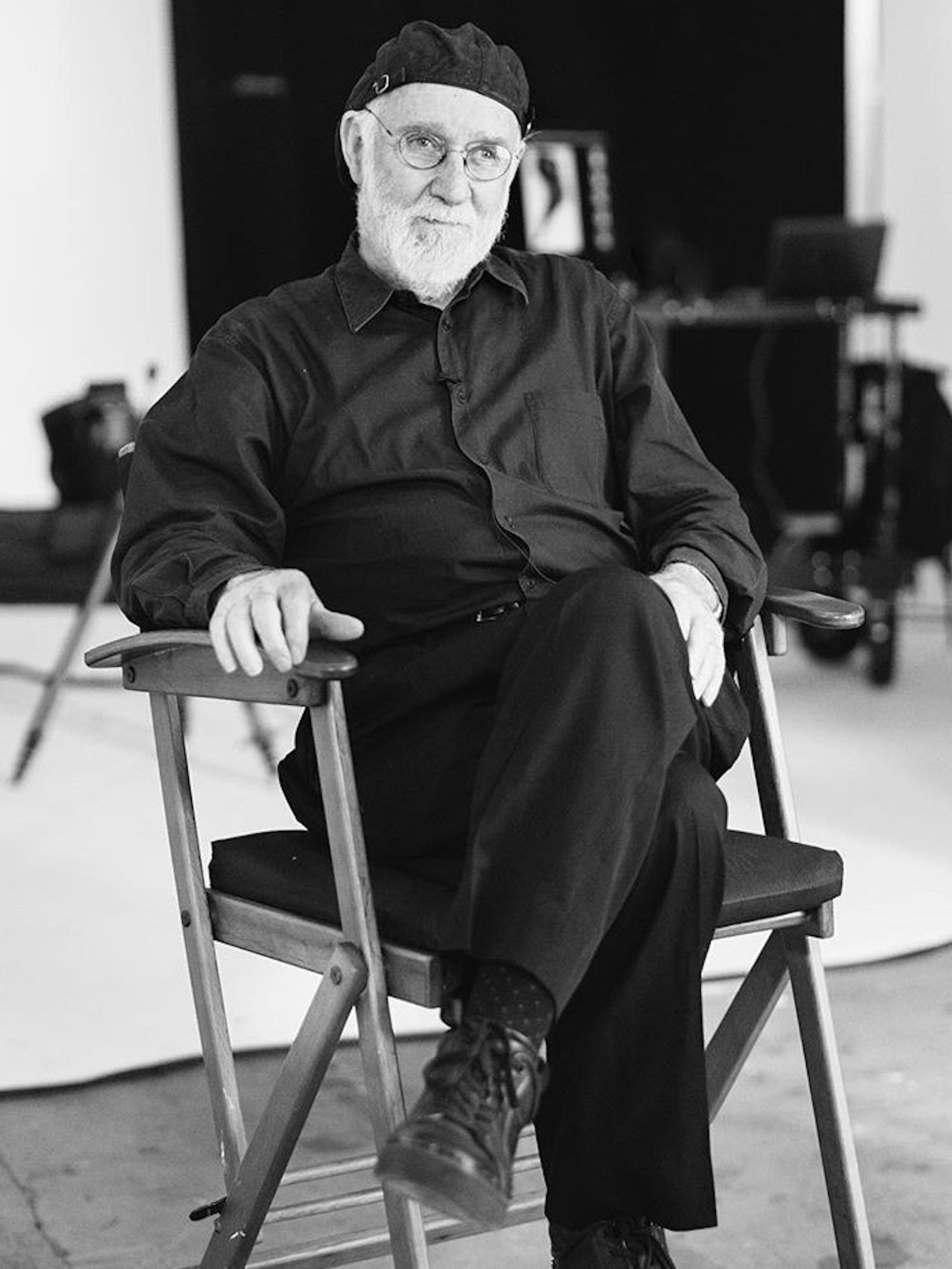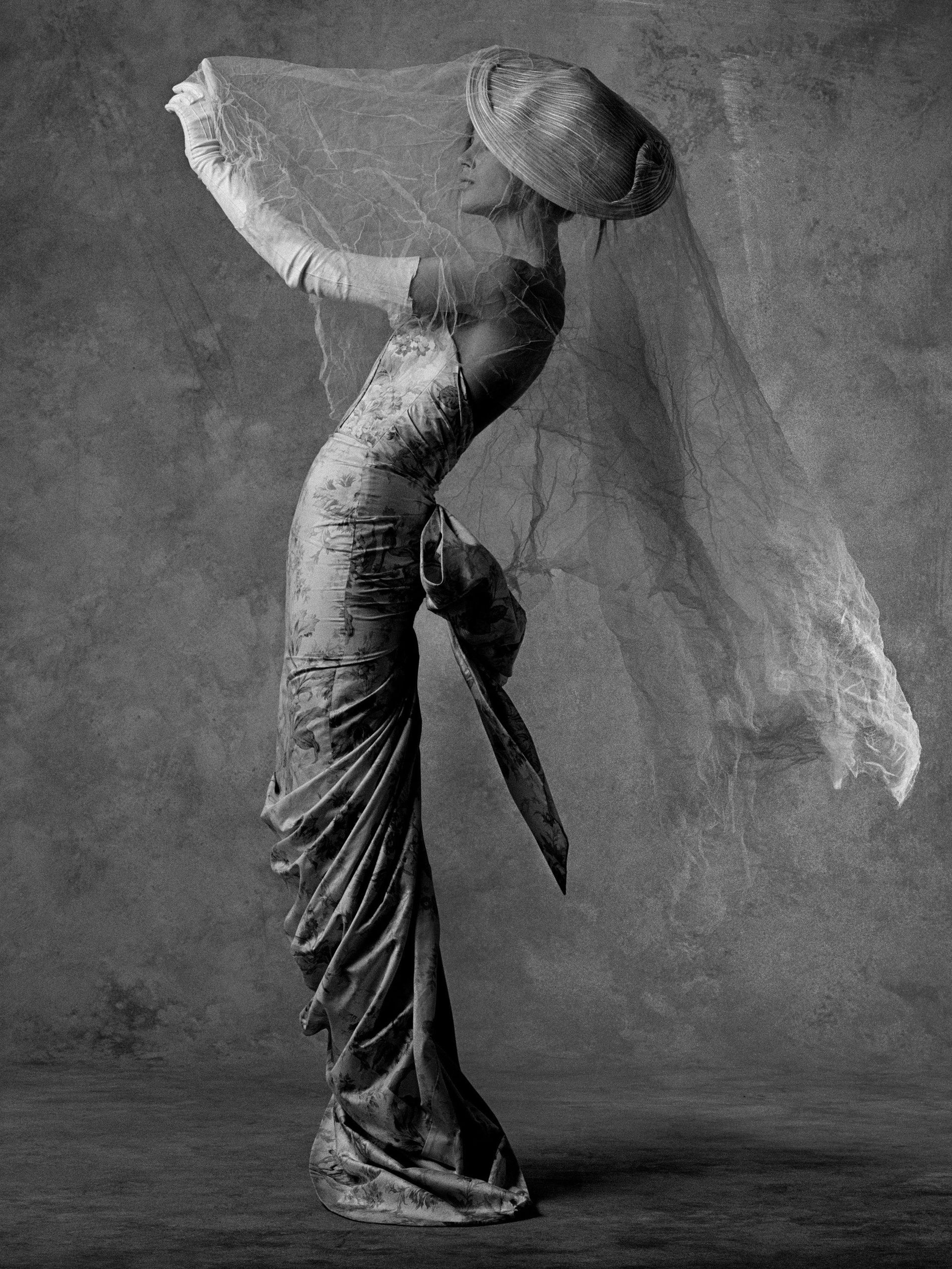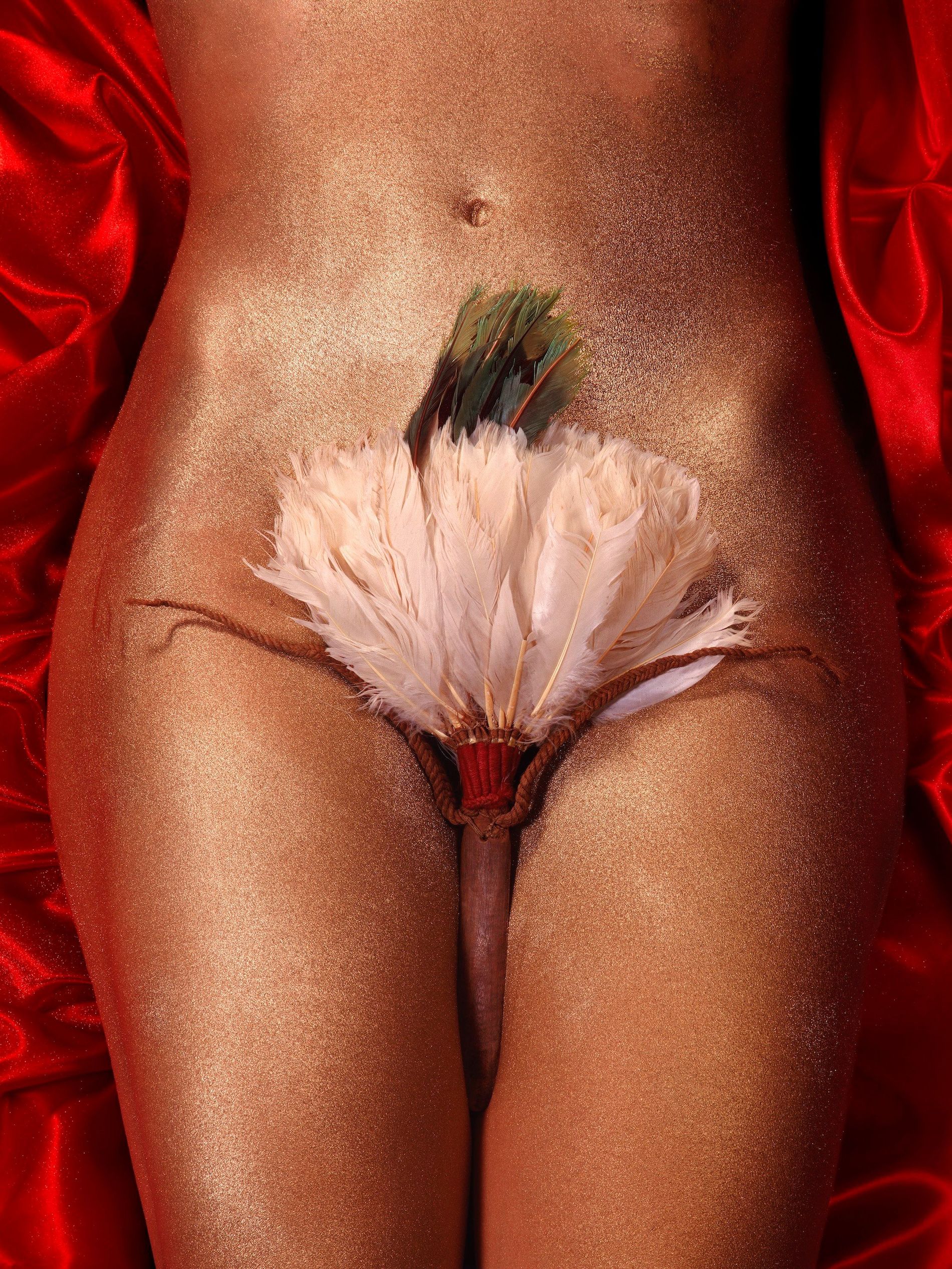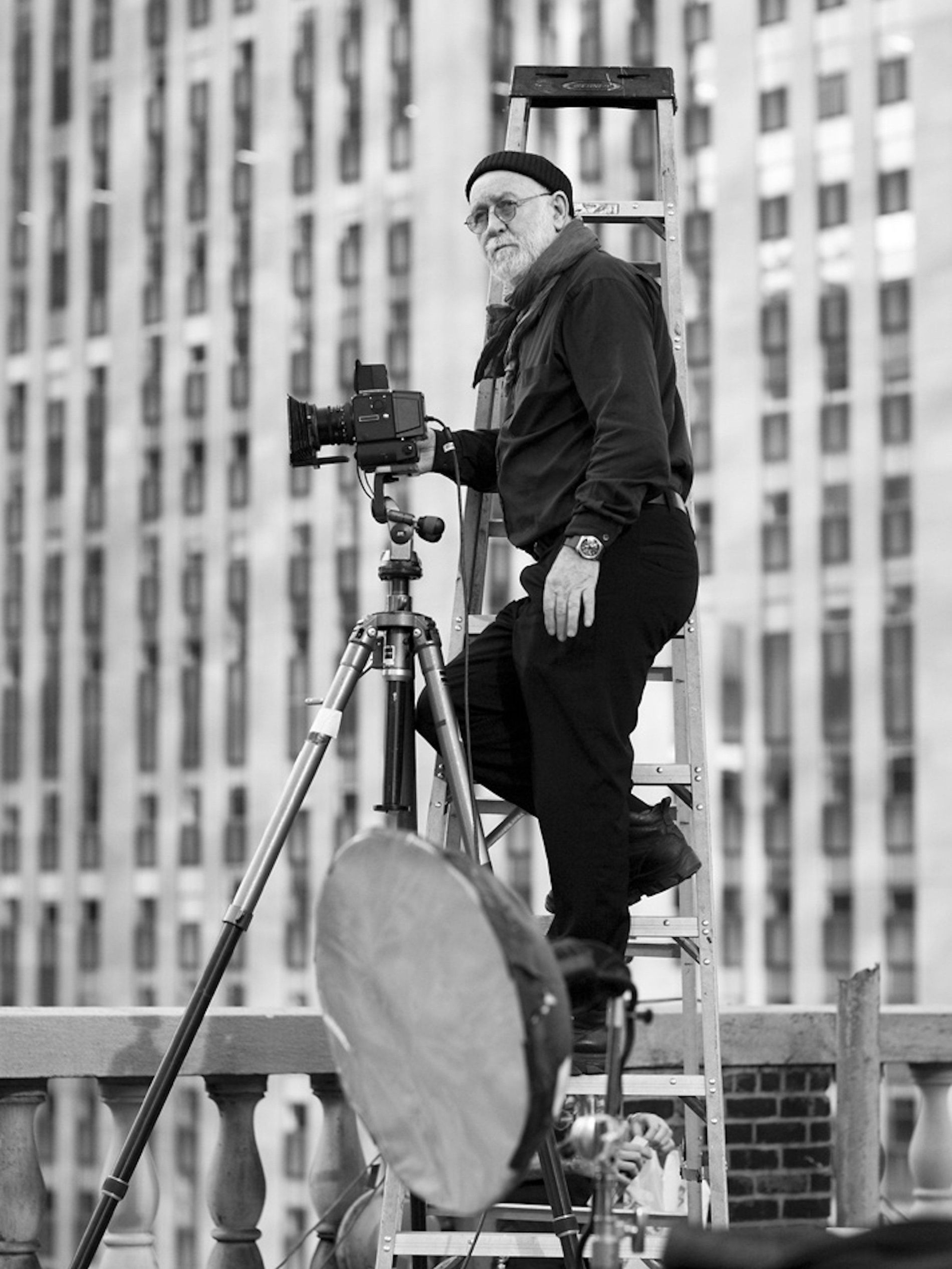The 82-year-old New York-based Scotsman, considered one of the world's preeminent photographers, presents a retrospective of his prolific body of works – interspersed with never-before-seen images – at The PhotoGallery in Sweden's Halmstad this summer
Andy Warhol, Sinead O’Connor, Alfred Hitchcock, David Bowie, Steve Jobs, Kate Moss. Just a handful of the names to be captured through the lens of photographer Albert Watson. Throw into the mix over 100 Vogue covers, the rare permission to shoot private pieces from Tutankhamun's tomb, a book commission from the King of Morocco, and access to Neil Armstrong's original space suit and you have a sense of 82-year-old Watson's illustrious repertoire of still life and portraiture work, recognised with an Order of the British Empire from Queen Elizabeth II in 2015.
Some clues to how someone can achieve quite so much in the course of a career come to light during our brief interaction. “As you can probably tell from this conversation, I was always pretty good at chatting,” Watson chuckles down the phone. And it’s true. He manages to completely flip a significant portion of our limited interview time, congenially enquiring about my own accent and background.

Albert Watson in 2018.
It’s this disarming warmth and friendliness that has seen Edinburgh-born, Tribeca-based Watson break down the guards of some of the world’s biggest celebrities, creating some of the most iconic imagery of modern pop culture along the way. “Sometimes celebrities surprise you,” he says. “I would go and photograph Jack Nicholson quite a lot. He was always goofy and funny – he thought it was amusing that someone wanted to photograph him. But other times, there were those like Joaquin Phoenix. Joaquin was a nervous wreck,” Watson recalls. “I was like, 'Why is this guy nervous? He’s done movies, he’s famous'.”
Over coffee mid-way through the shoot, Phoenix told Watson that he found film roles to be easy, because he was playing a character. “But when you’re taking a picture of me, it’s me,” the actor explained. “So I said, 'Look, maybe I’ll give you a scenario like you’re in a film',” and we got along very well from there,” Watson says. “I’m not one of these photographers that are just saying: ‘Fabulous, fabulous, you look amazing, incredible, fabulous, fabulous.’ I’m more about the common sense of what the situation is and how we can arrive at something. Usually just chatting with people is the key."

Christy Turlington, Luxor, Egypt, 1987. Photo: Albert Watson

Alfred Hitchcock with plucked goose, Los Angeles, 1973. Photo: Albert Watson

Andy Warhol, New York City, 1985. Photo: Albert Watson
At the time of our conversation, Watson is preparing to fly to Sweden for the launch of a new exhibition ‘Albert Watson: A Legendary Journey Through Art, Fashion, and Photography’. Most would hazard a guess the retrospective would be showing at Stockholm’s renowned Fotografiska, where the photographer’s work has been showcased with two dedicated exhibits in the 2010s. Instead, the works will be shown at The Photogallery in the small town of Halmstad, dotted on Sweden’s west coast.
Normally, you do shows and they’re in Paris, London, Milan, New York, Los Angeles, and so on. So when a show comes up in Halmstad, you think, why would you do a show there?
Albert Watson
“Normally, you do shows and they’re in Paris, London, Milan, New York, Los Angeles, and so on. So when a show comes up in Halmstad, you think, why would you do a show there?” Watson says. He candidly shares that the sales success of a previous Halmstad show, put on eight years ago as a personal favour, has brought him back. “It was cracker jack selling. I think we sold 61 prints in the first show, and they were not inexpensive.”

Albert Watson's work for Vogue Japan. Photo: Albert Watson
From now until 15th September, visitors to The PhotoGallery will discover never-before-seen works by Watson, amongst a selection of his most beloved shots. As the exhibit proves, Watson’s many decades in the game have seen him point his camera – interchangeably Hasselblad, Nikon, Polaroid and Horseman models – at every corner of culture, including the fashion industry.
Since the ‘70s, fashion has been a constant for Watson who continues to work as actively today as ever before (he mentions in passing that he’s about to embark on a major new project for Prada). But Watson is also quick to clarify that fashion hasn’t defined him. “I was never a fashion photographer, I am a photographer who works in fashion,” he says. “I am part of a dying breed now, there are not so many of that type of photographer.”
I was never a fashion photographer, I am a photographer who works in fashion.
Albert Watson
Fashion may not have defined Watson, but Watson has played an influential hand in defining fashion, delivering covers and editorials for British, Italian, French and American Vogue – amongst other major fashion titles – that changed the course of print media. “In the late ‘70s and early ‘80s, I virtually did every single French Vogue cover for three and half, nearly four years straight. And a lot of these covers still look very strong and kind of powerful,” he says, nothing this being before the advent of the celebrity cover, when models still reigned supreme.
As with his knack for putting celebrities at ease, Watson also knew exactly how to get a ‘money shot’ with a model. “I have to say that I was quite good sometimes at getting responses from your average fashion model,” Watson says. “I felt like I could get something out of them. And I remember the Vogue editor Grace Coddington saying to me, ‘Be careful, your pictures are getting very strong.' This was good news and bad news,” he laughs.

Cecilia Chancellor, London, 1984. Photo: Albert Watson

Torso with Aztec fan, New York City, 1998 . Photo: Albert Watson

Gigi Hadid in Iris Van Herpen, New York City, 2019. Photo: Albert Watson
Being witness to so much, both through and beyond his lens, Watson’s perspective is a unique one. “Fashion is in a very difficult place right now,” he remarks. “The problem with the masses right now is that they don’t want to change what they’re wearing. If you think about 1960 and you go back 30 years to 1930, things in fashion were gigantically different. Now, the current generation isn’t about fashion anymore or even music so much. The current generation – which I think is amazing – is all about technology. It’s so incredible. And that changes every single year. That changes gigantically.”
Technology has greatly affected the art of photography, but Watson harbours no resentment. “Something like the camera in an iPhone, it’s remarkable. The iPhone basically makes amateur photographers better, which I like. It’s a positive thing.”

Albert Watson in 2018.
Just as Watson perceived Coddington’s editorial feedback in the '70s as both good and bad news, he perceives the unrelenting pace of his career as an octogenarian in the same way. “The bad news is that photographers never get to retire. The good news is you’re sure lucky to be a photographer because they never retire. In other words, the best tip I can give to anybody is to never stop working. You’ve got to have something to get you out of bed every morning.”
‘Albert Watson: A Legendary Journey Through Art, Fashion, and Photography’ is on display from now until Sunday 15th September at The PhotoGallery, Slottsmöllan 10B in Halmstad, Sweden.
